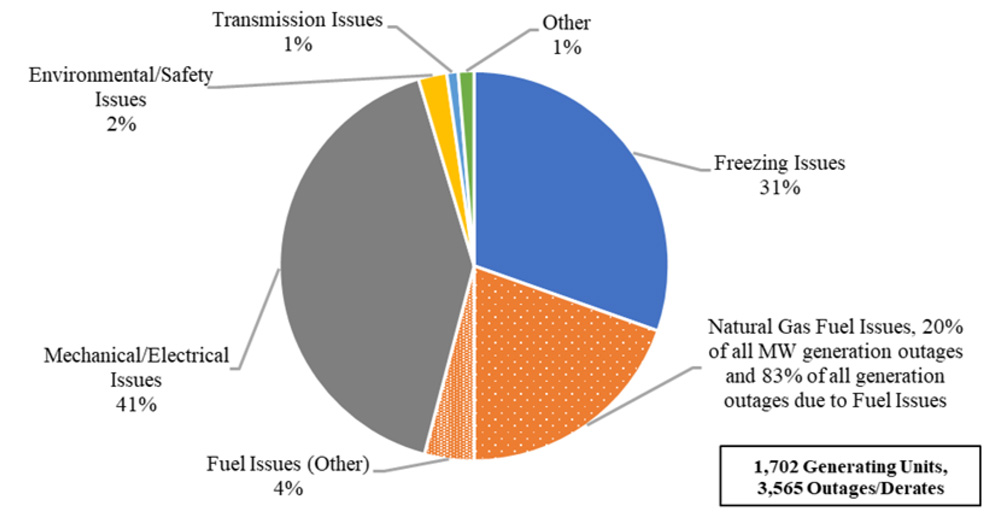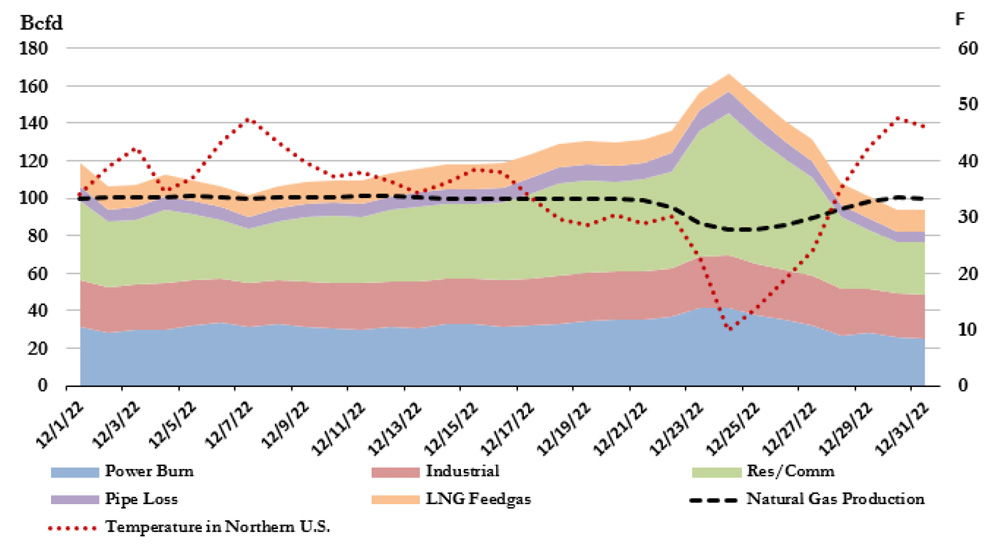Voters Tuesday overwhelmingly approved a nearly $10 billion fund for gas generation in Texas, while handing Democrats victories in legislative elections in New Jersey and Virginia that have implications for energy policy there.
Texas’ Proposition 7 passed by a vote of 1,641,453-886,991, gathering nearly 65% of the votes. (See $10B Fund for Gas Plants on Texas Ballot.)
The proposition sets up the Texas Energy Fund (TEF), a $7.2 billion low-interest loan program intended for the development of up to 10 GW of natural gas plants. Some $5 billion will be set aside for 20-year, 3% interest loans to build new generation with at least 100 MW of fully dispatchable capacity. Power plants that come online before June 2029 are eligible for bonus payments.
Another $2.8 billion will be dedicated to grants for infrastructure improvements in non-ERCOT regions and to strengthen resiliency by setting up microgrids at hospitals, fire stations and other critical facilities.
The fund is a result of legislation sponsored by state Sen. Charles Schwertner (R). “Glad to see the voters supported Proposition 7 to ensure Texans have the electric generation they need to keep their lights on during extreme weather conditions,” he said in a statement.
The Texas Public Utility Commission will oversee the TEF and provide the grants and loans to finance the construction, maintenance, modernization and operation of the state’s electric facilities.
Stoic Energy’s Doug Lewin, who frequently comments on the ERCOT market, cast doubt on the PUC being able to function as a bank, saying the commission has “no expertise gauging default risk.”
The PUC’s executive director, Thomas Gleeson, said staff have been working since early summer to prepare for the fund’s implementation. Application and award processes still are being developed, but the commission already has created a webpage with more information on project eligibility and the types of grants and loans available.
“With voter approval of the fund, we will push forward developing the program and design transparent processes to ensure the administration of the TEF is timely, fiscally responsible and effective,” he said in a release.
The PUC must begin accepting loan applications for projects within the ERCOT region by June 1, 2024, and must make initial disbursements for approved loans by Dec. 31, 2025.
NJ Democrats Win Handily Amid Clean Energy GOP Attacks
Democrats strengthened their hold on the New Jersey legislature in Tuesday’s elections, retaining control of both legislative houses despite Republican efforts to paint Democratic Gov. Phil Murphy’s clean energy program — especially its offshore wind (OSW) projects — as excessive and expensive.
With final results still to be confirmed, Democrats are expected to hold at least 24 seats in the 40-seat Senate and 51 of the 80 seats in the Assembly, adding at least five seats to their current 46.
The string of victories followed a campaign in which Republican candidates sought to tap into opposition to the wind projects, especially focusing on whale deaths on the Jersey Shore. In one example, the Republican State Leadership Committee (RSLC), a national group that seeks to help the GOP win in state races, produced two advertisements on the issue, one of which concludes with the slogan “Save the Whales. Dump New Jersey Democrats.”
The election came two years after voters re-elected Murphy by a much narrower margin than expected, prompting speculation that the result reflected voter disapproval of his aggressive clean energy strategy. Anjuli Ramos-Busot, director of the Sierra Club New Jersey Chapter, said Tuesday’s results showed the opposite.
“The elections reflect that in reality New Jerseyans continue to vote for a clean energy agenda and environmental protections,” she said. “Clean energy transition won, clean air won and energy independence won.”
Jeff Tittel, the former director of the state Sierra Club, said the long-term impact of the election on clean energy initiatives remains to be seen. Under pressure, some Democratic candidates backed away from supporting the initiatives during the campaign, and he questioned where those Democrats would stand in the future.
“The question becomes how much willpower does the legislature have to now move forward on a lot of green energy proposals, given the fact that many of them were getting beaten up for the last couple of months,” he said. “Some of them, in order to kind of deflect, said we’re moving too fast on electrification, or they agree that offshore wind shouldn’t get any more subsidies, or that we slow down on EVs.”
“Will they go back and be where they used to be on supporting green energy?” he asked. “Or because they made certain statements during the campaign, will they be more hesitant?”
Virginia Voters Hand Democrats Slim Majorities in Both Houses of the General Assembly
Virginia Democrats won enough seats to flip control of the House of Delegates and maintain their majority in the Senate, two years after losing the lower chamber and the governor’s office to Republicans. Gov. Glenn Youngkin (R) will finish out the last two years of his term with slim majorities for the Democrats in both houses. Initial results have the Senate split 21-19 with the House split 51-48, with the Republican candidate leading in one close race that had yet to be called late Wednesday.
A big motivator for voters this fall was abortion, with Youngkin backing a plan to limit abortions to the first 15 weeks of pregnancy, instead of the current law that allows abortion until the end of the second trimester. The majority of voters siding with Democrats on that issue showed they were rejecting extremism, said Advanced Energy United Policy Director Kim Jemaine.
“I think you can essentially extrapolate from that, also, that voters are looking at some of the decisions made by Republicans in the General Assembly over the last couple of years and say that voters are also viewing climate denial and obstruction of clean energy policies in the bucket of extremism,” she added.
She said she hoped Republicans will stop proposing bills curbing clean energy policies such as the Virginia Clean Economy Act (VCEA) of 2020, and the new Democratic majority can work with Youngkin on issues such as energy efficiency and expanding distributed generation.
A Day 1 priority for the legislature should be filling the two empty seats on the three-person State Corporation Commission, which has operated with Chairman Jehmal Hudson as the only member for most of this year, Jemaine said. In Virginia, the General Assembly (both the Senate and the House) elects the regulators for six-year terms with the governor only able to make temporary appointments if the legislature is out of session.
“I think folks were waiting for the outcomes of their elections to move forward there,” Jemaine said. “And so, this presents an opportunity for Democrats to appoint judges that will hold [Dominion Energy] accountable and ensure that those decisions are in alignment with the VCEA.”

